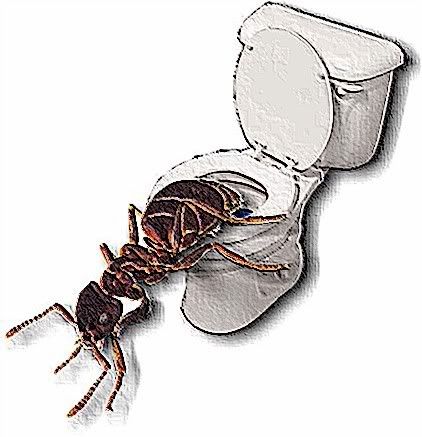Almost anything that can amuse us in real life is available on the Internet. Card games, board games, puzzles, video games, movies, television shows, sex, music, parties, vapid communication, farm reports (the list goes on and on) are accessible on line. Even learning is fun on the Internet. I don’t NEED to learn anything new. It won’t help me in my job. What am I going to do the next time my boss gets on my back, tell him about the article I read about Ptolemaic nomenclature I found on the Internet? No. I learn (and usually forget right away) this crap for fun.
The other night, I reduced my entertainment choices to three options (I do this to avoid rupturing my hippocampus with too many choices for fun). Those options were watching Dancing With The Stars, learning something new from the information on the Internet and driving a skewer through the temples of my head. I opted for learning something new (the skewer took second). I fired up my computer and rode my mouse on a random adventure to enlightenment. The vaudeville I found was in the guts of ants.
What I learned was remarkable. The interval between defecations of an ant is controlled by the number of steps it has taken with its hind legs. It must evacuate its bowels on or before every three hundred eighty-fifth step, or its hind legs will lock and it will not be able to move, or, at least, it will not be able to move as easily. This sounds preposterous until you learn the glory behind this biological marvel of ambulation.
An ant’s body is divided into three primary segments: the head, the thorax and the gaster (which reminds me, check out a new band call Gaster Pants. They are a punk jazz band. They rock be-boppedly.). The legs are connected to the thorax. Between the hind legs there is a circular flap of exoskeleton harboring a set of three hundred eighty-five protruding non-motile cilia. Behind the legs, connecting the thorax to the gaster, is a minor segment of the ant’s body called the petiole. Underneath the petiole is a boney projection known as the sub petiolar process. It extends into the flap of non-motile cilia on the thorax. This assembly operates in a similar manner to a ratchet, where the sub petiolar process acts as the pawl and engages a sequential non-motile cilium due to the motion of each step, rotating the flap. But, since the circular flap is not medially articulated to the thorax, it is unable to rotate a full three hundred and sixty degrees. When it advances to the last cilium the sub petiolar process has nowhere else to go and locks, causing the hind legs to lock, as well. This puts the ant in quite a predicament. With hindered mobility the ant is susceptible to being eaten by prey or being trampled asunder by the other ants in the army. What is a poor ant to do? I’d tell you what I’d do - I’d shit in my gaster pants. And that’s exactly what the ant needs to do (only without the pants).
Fortunately, evolution has granted the assiduous ant an ingenious solution to this potentially perilous problem. The excretory muscles of the ant, when constricted to the degree needed for waste exhaustion, lift the gaster in the precise manner to tip the petiole which dislodges the sub petiolar process from the twisted non-motile cilia flap. The flap is free to return to its original position and the ant can move freely again. This is the only method the ant has to accomplish this task. Since there are three hundred eighty-five cilia cycling one at a time through the mechanism with each step, the ant must reset this process every three hundred eighty-five steps in order to move continuously. Consequently, the ant must also defecate within this range. Furthermore, the ant must consume enough food regularly so there is always something to expel. Otherwise, the ant is forced to make a decision between becoming aardvark fodder or anally discharging its entrails. Evolution has helped here, too. The ant is equipped with a metabolism that is perfectly synchronized with the insects walking behavior, ensuring a consistent supply of feces. This begs the question, which came first - the synchronized metabolism or the sub petiolar process/non-motile cilia flap assembly? Nobody knows, but it is sure fun to ponder.
None of this is true, of course. I made up all of it. This is part of the entertainment/learning factor provided by the Internet. There is SO much information out there, and we have grown SO accustomed to having it at our fingertips, we’ve become bored, so we place nonsense on the Internet for entertainment purposes. Of course I didn’t find anything about sub petiolar process/non-motile cilia flap assemblies on ants during my search of the Internet because it didn’t exist. But it does now, thanks to me. I smile at the thought of some hapless college student, on the night before a report about ant digestive systems is due, feverishly searching the Internet for any kind of information about it, comes across this web site, or some more reputable web site who copied my silliness, and includes it in xe’s report and subsequently receives a D minus and a “See me” note on the returned report. That would be hilarious. Even if it never happens, just knowing that the possibility is there is entertaining enough for me.

2 comments:
This proves it. A little bit of knowledge is a stupid thing.
Hey look, there is a picture of an ant dropping the kids off at the pool.
Post a Comment